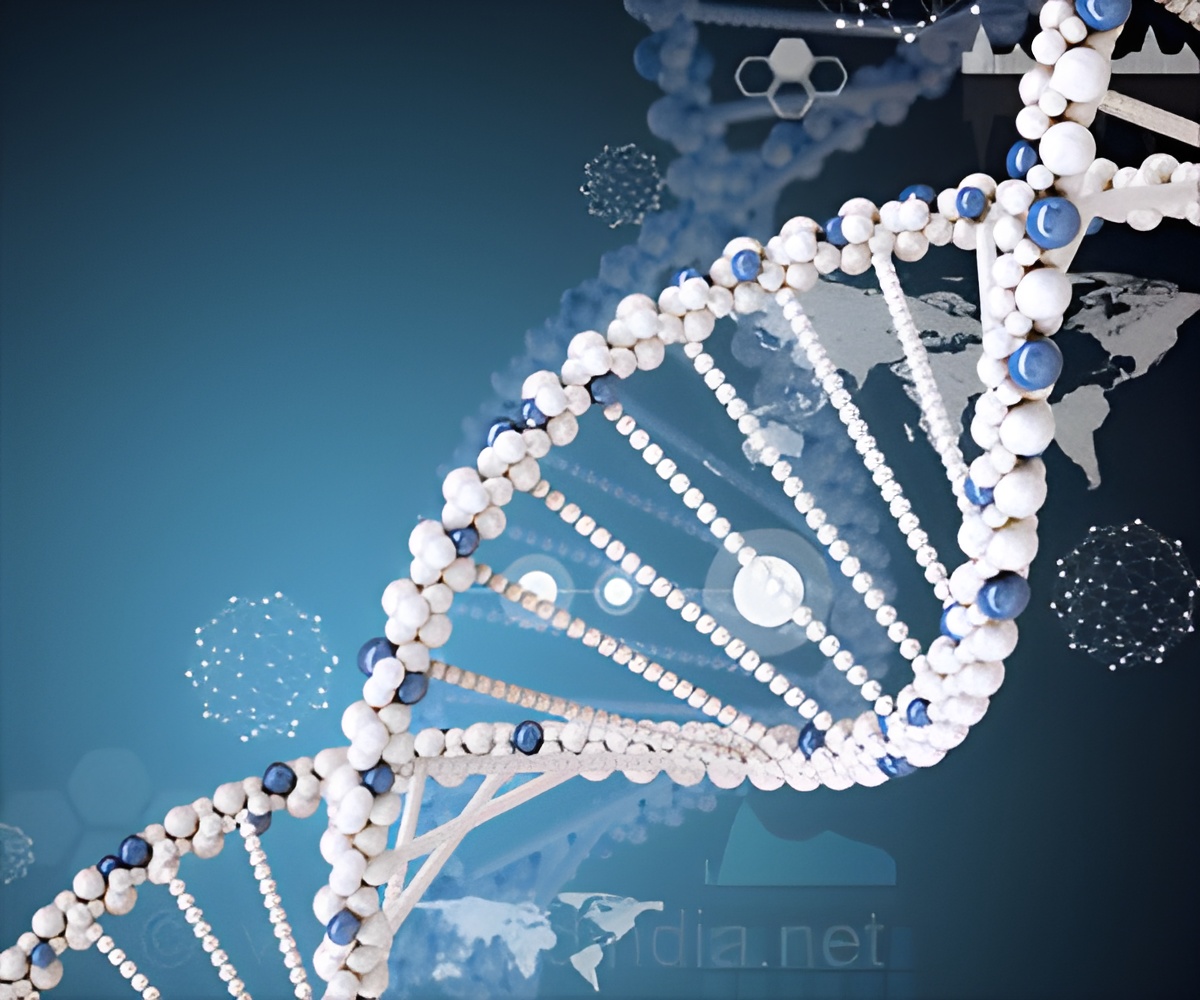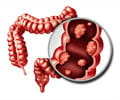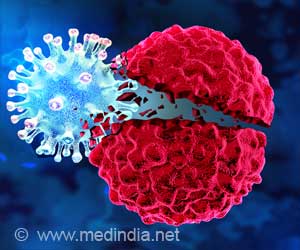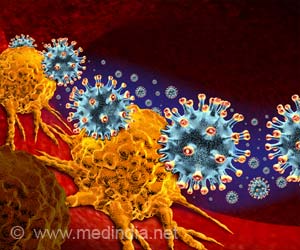Researchers have worked out how major players in border formation between tissues -- cell-surface proteins -- keep cells in the right places.

‘Normal cells obey signals that tell them when they have reached their limit and will cause damage if they grow any further. But something in cancer cells overrides the normal signalling system.’





Researchers at the Francis Crick Institute have worked out how major players in border formation between tissues -- cell-surface proteins called ephrins and their Eph receptors -- keep cells in the right places. The findings are published in The Journal of the Royal Society Interface. In many tissues, ephrins are present in one cell population and Eph receptors in the other. When these cells come into contact, ephrins bind to their receptors, triggering signalling inside both cells that stops them from mixing. However, it was not previously known whether this was because cells preferentially stick to 'like' cells of the same type, if they repelled other 'non-like' cells, or both.
To investigate this problem, the team labelled ephrin-expressing and receptor-expressing cells with different fluorescent colours, mixed them together, and observed their interactions under a microscope as the two populations separated out.
The team used their measurements to develop a computer model of the cell interactions to help understand how they become organised.
"We found that when cells of different types contacted each other, they rebounded in opposite directions," says co-author Anaïs Khuong, Postdoctoral Training Fellow at the Francis Crick Institute. "Our simulations suggest that this repulsion is the main force separating the cell types to form sharp borders."
Advertisement
Co-senior author David Wilkinson, Group Leader of the Neural Development Lab at the Francis Crick Institute, says: "This collaborative research between mathematical biology and developmental biology has given us new insights into how ephrins and their receptors work to keep cells in the right places, and the critical role of N-cadherin to keep like-cells together. Understanding how this signalling works will help us to figure out what might be going wrong in cancer cells to allow them to cross borders and spread through the body. Scientists are looking at potential therapeutic effects of targeting ephrin-signalling in tumours."
Advertisement
The paper 'Cell segregation and border sharpening by Eph receptor: ephrin-mediated heterotypic repulsion' is published in The Journal of the Royal Society Interface.
Source-Eurekalert















